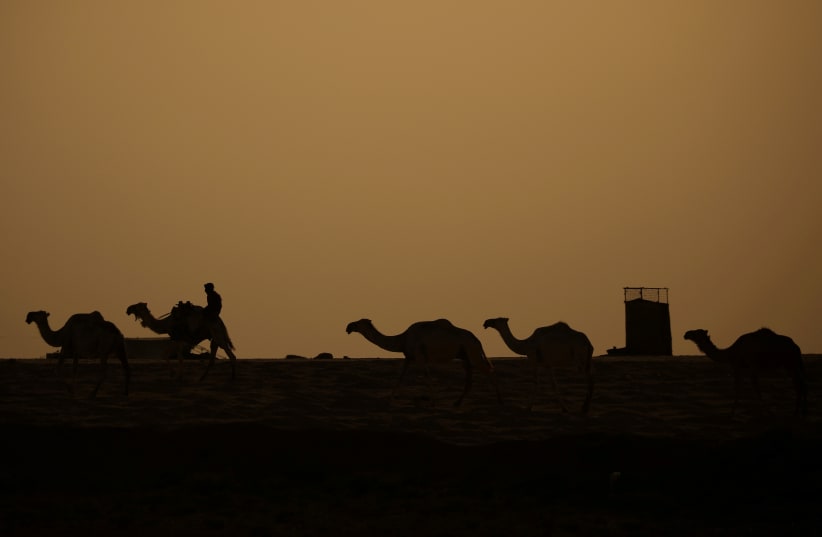Three Roman military camps, from almost 2000 years ago, were found in a Saudi Arabian desert, according to new research published on Wednesday.
The camps were located by University of Oxford researchers, who traced the camps using Google Earth. The peer-reviewed research has been published in the journal Antiquity.
The remnants of these forts could mean they were constructed during the Roman takeover of the Jordanian Nabataean Kingdom in 106 AD, the researchers said to Sky News.
We are almost certain they were built by the Roman army, given the typical playing card shape of the enclosures with opposing entrances along each side," Dr. Michael Fradley told Sky News.
The researchers are keen to understand how the camps were influenced by Roman military strategy.


“Why does the western camp have twice the capacity of the other two? Did the force split, and if so, where did the other half go? Was it half wiped out in a battle, or did they remain in the western camp to resupply the other camps with water?” said Professor Andrew Wilson, an author of the study.
What is so significant about this find?
The finding gives key insight into the previously-unknown Roman conquering of the Nabataean Kingdom, which is the modern-day city of Petra in Jordan.
“These camps are a spectacular new find and an important new insight into Roman campaigning in Arabia. Roman forts and fortresses show how Rome held a province, but temporary camps reveal how they acquired it in the first place,” Dr. Mike Bishop told The Independent.
About the camps
The camps are located 37-44 km. away from one another, making the distance impossible to have crossed over a single day by infantry units. The researchers, therefore, theorize that the camps were used by cavalry units that may have used camels.
Researchers were also surprised by how well-preserved the sites are.
The researchers believe that the camp was likely built by the army as a temporary defense station. They theorize that the army traveled through the caravan route which links Bayir and Dumat al-Jandal.
